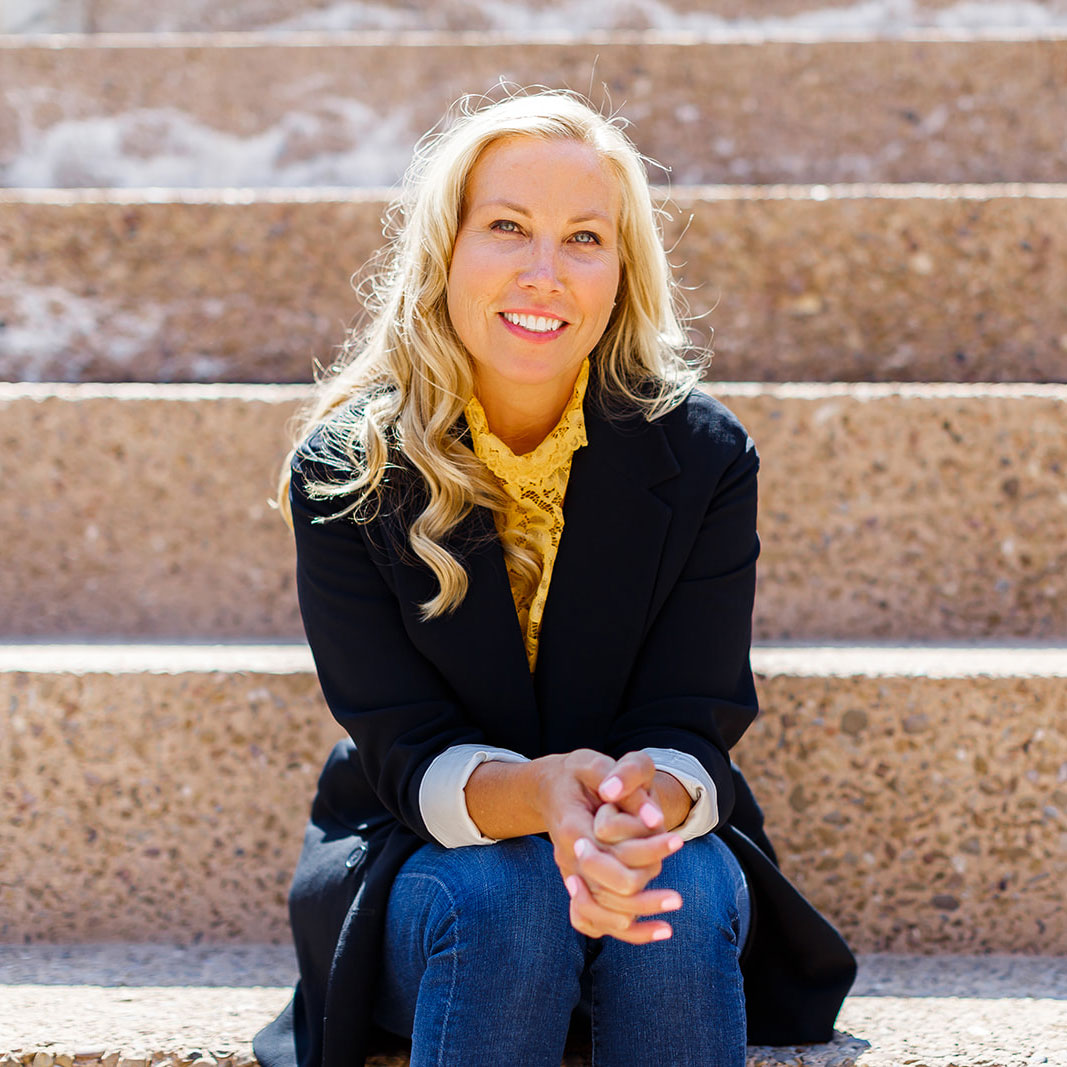The Top Trends of 2015 We Can Wait to Wear
Trends 2015 – I read a lot of fashion articles and often find them overwhelming. Unfortunately, many of the articles are about clothes and designers that I love but can’t afford or looks that are amazing but not wearable in Victoria, Canada. So when I find an article that makes following the trends easy, I think it’s important to share it. This one from the Huffington Post Canada about what is trending for 2015 is worth the quick read.
I have a lot of Stylish friends so I have asked them to pick 1 of the 10 trends in the above article to show us how they would follow a trend from their own closet. My friend, Laura Bolster picked trend 7 (whites and neutrals) so Lisa Sinclair and I jumped in from our closets to help show how we would wear the trend without buying something new. Many of the coats and purses in the photos are much older than a season as I keep my favorite dresses, coats and bags. It always surprises me when I take them out after a few years and they are right back in style.
I know that trend 7 is All-White and All-Neutral but for our climate that is not a suitable look, especially in early spring, so we wore whites and neutrals to meet the trend but added jeans to feel appropriately dressed for our weather conditions.
Trend 7) All-White And All-Neutral. We saw all-white worn during fall/winter 2014, but because fashion’s moving in a direction that’s less rule-centric and more “do what I want!” the look is extending into spring. Haider Ackermann, David Koma, and Balmain all took the bright and minimalistic approach, so this means you may need to continue being careful while eating or drinking anything (we’re sorry).
 bottom left picture – Laura’s go to white shirt is t-babaton for Aritzia, over the shoulder sweater is Gap, purse is Francescas, tortoiseshell sunglasses are Toms. My oversized sweater is Michael Kors as well as my sunglasses. Scarf is Ann Taylor Loft and purse is Aldo. Lisa’s white shirt is Madewell, over the shoulder sweater is Banana Republic and sunglasses are Raen-Volant. bottom middle picture – white Coach purse, Calvin Klein Jeans, Nine West Boots, Gap Sweater and Hilary Radley vintage beige coat. bottom right picture – Banana Republic vintage white coat, and t-babaton for Aritzia, vintage coat.
bottom left picture – Laura’s go to white shirt is t-babaton for Aritzia, over the shoulder sweater is Gap, purse is Francescas, tortoiseshell sunglasses are Toms. My oversized sweater is Michael Kors as well as my sunglasses. Scarf is Ann Taylor Loft and purse is Aldo. Lisa’s white shirt is Madewell, over the shoulder sweater is Banana Republic and sunglasses are Raen-Volant. bottom middle picture – white Coach purse, Calvin Klein Jeans, Nine West Boots, Gap Sweater and Hilary Radley vintage beige coat. bottom right picture – Banana Republic vintage white coat, and t-babaton for Aritzia, vintage coat.
About Laura and what is trending in her industry…
My name is Laura Bolster and I am a partner at the insurance firm Megson FitzPatrick Inc. I manage a portfolio of large commercial accounts and a team of 30 people. Megson FitzPatrick is the largest independent insurance brokerage in Victoria. We have 4 locations and over 100 employees and have been in business for 45 years. When I started at MFI 25 years ago I was the 15th employee at the firm. Our company is committed to building strong client relationships, growth, creating opportunities for our staff, and to staying independent.
The Insurance world is always evolving. Currently, a hot topic for Vancouver Island is Earthquakes. BC is an earthquake susceptible region. Recent earthquake modeling indicates that Southern Vancouver Island and Victoria in particular have been identified as the region with the highest earthquake risk in Canada. This modeling, combined with recent EQ events in Chile, New Zealand and Japan has put upward pressure on the cost of EQ reinsurance which has increased the cost of EQ insurance to consumers. If you currently carry EQ insurance for your home or business you will notice that the premium for this coverage is increasing due to everything mentioned above. You may have certain options available that could help reduce your annual premium. If you do not carry EQ coverage currently, it is recommended. You should contact your broker (hopefully Megson FitzPatrick) to find out what your options are.
I am very proud to be a part of a local independent family company. At Megson FitzPatrick, we exist to improve the lives of our clients, team and community.
I included this article as it helped me understand more about why rates for earthquake insurance have increased so much this year.
Earthquake insurance premiums soar for Greater Victoria homeowners
Andrew Duffy / Times Colonist
January 12, 2013, 12:37 AM
See more at http://www.timescolonist.com/business/earthquake-insurance-premiums-soar-for-greater-victoria-homeowners-1.45688#sthash.VfWRNkXc.dpuf
Greater Victoria homeowners will be digging deeper to protect their homes from earthquake damage. And insurance experts say we had better get used to it.
“It’s the new normal,” said Eric Hartley, principal of Bill Hartley Insurance.
The cost of earthquake insurance is likely to increase anywhere between 10 and 25 percent because scientific modeling of earthquake damage has improved considerably and the cost associated with recent quakes in New Zealand, Japan and Chile were more than expected.
“It means the consumer will have to investigate carefully, but there’s no doubt it will mean revised terms and conditions and the deductible and premium increases,” said Rick Parent, president of Coast Capital Savings Insurance.
The consensus among insurance providers is the typical cost for earthquake insurance in the region — which is separate from standard home insurance — has hovered between 5.5 cents and seven cents per $100 of rebuilding cost.
That is expected to go up to between eight and 11 cents per $100 for a typical home, and as high as 13 cents in some areas of Greater Victoria that could be hard hit by an earthquake.
The earthquake insurance deductible for homeowners typically has been either five or 10 percent, but that is expected to increase to 10 or 15 percent.
“And we may see insurance companies looking at 15 and 20 percent deductibles for homeowners to create options for them,” said Parent, noting the higher the deductible the lower the premium.
Hartley said increased premiums have little to do with the smaller quakes that have been experienced in this region over the last several months.
“The root cause is the cost of what we call re-insurance,” Hartley said. “That’s what insurance companies have purchased to protect themselves from a catastrophic loss like an earthquake and that cost has escalated phenomenally in the Victoria area.”
That’s because re-insurance firms have had to shell out small fortunes to cover the costs of recent major catastrophes. Scientific modelling that lays out how devastating a major quake can be has improved and shows this region poses the highest risk of serious damage from an earthquake in Canada.
“Seeing that, reinsurance companies see they have way more exposure than they want so they have cut back the amount of coverage they are willing to provide and at the same time they are charging more for it,” said Hartley.
Some companies are trying to limit exposure by no longer offering earthquake insurance in some areas.
“They are often breaking it down to postal codes. In some of them, where there is a higher expectation of serious damage, they have too much exposure. And that puts pressure on other companies, who are also trying to limit their exposure, to pick that up,” Hartley said. It all translates into the added cost for the homeowner.
Parent said homeowners who want earthquake insurance could be looking at costs more in line with California, where a homeowner can pay more than $850 a year for earthquake insurance for a house worth $200,000.
Both Hartley and Parent said their clients have been willing to pay for peace of mind despite higher fees.
Coast Capital says 90 percent of policyholders carry earthquake insurance. Hartley estimates its number at 80 percent. The provincial average is about 65 percent.
“Because we live in an earthquake-exposed area we have always encouraged our policyholders to carry the insurance,” Parent said.
And make no mistake, the big one is coming, said federal seismologist John Cassidy.
“We live in a very active earthquake zone,” he said, noting between 400 and 500 small earthquakes are recorded around the Island every year.
But it’s the big one, with a magnitude around 9.0, that everyone is worried about. Cassidy said it’s just a matter of time.
“We can see the energy being stored for future earthquakes. We know the plates are moving, we see buckling on Vancouver Island. The west coast of the Island is rising and Victoria is moving slowly to the east with the incoming ocean plate,” Cassidy said.
“Everything happening is consistent with an active subduction zone, it’s the kind of observation seen in Japan and Chile before their big earthquakes.”
Cassidy said what’s not known is when a major earthquake will hit, though they tend to occur between 250 and 850 years apart. “And it’s been 315 years since the last one, we are definitely in the window,” he said.



